What do you need to know about The Sandman before watching the brand new adaptation on Netflix? The short answer is: nothing. You can go into this series completely blind. All you need is an open mind, and innate curiosity, and a love of stories. It is, after all, how so many of us first started reading Neil Gaiman’s magnum opus.
When the first issue of The Sandman went on sale in November 1988, it was unlike anything else in the DC lineup. While Neil Gaiman had originally conceived the book as a revamp of the 1970s superhero by Jack Kirby and Joe Simon, his editor, Karen Berger, asked him to rework it into something completely new. “Keep the name. The rest is up to you,” she said.
With that in mind, Gaiman came up with an eight issue outline that slowly carved a clear trajectory away from the DC Comics superheroes and into a bold new mythological world. In it, he introduced us to a different kind of Sandman. Morpheus, the Lord of Dreams, wasn’t inspired by the classic comic book but by the mythical character from folklore instead. Over the course of seven years and 75 issues, Gaiman and a host of incredible artists – Chris Bachalo, Kelly Jones, Colleen Doran, Mike Allred, Jill Thompson, Michael Zulli, Charles Vess, among others – would collaborate to build out this world, telling stories of fantasy and horror, populating it with characters from religion and folklore, and using all of it to create a compelling new mythology all on its own.
The Sandman would win eighteen Eisner Awards and become the first and only comic to ever win a World Fantasy Award. Norman Mailer would call it “a comic book for intellectuals.” By the time the series came to an end in 1996, it hadn’t just become the flagship title of DC’s expanding Vertigo imprint, but was also outselling Superman.
What Is The Sandman About?
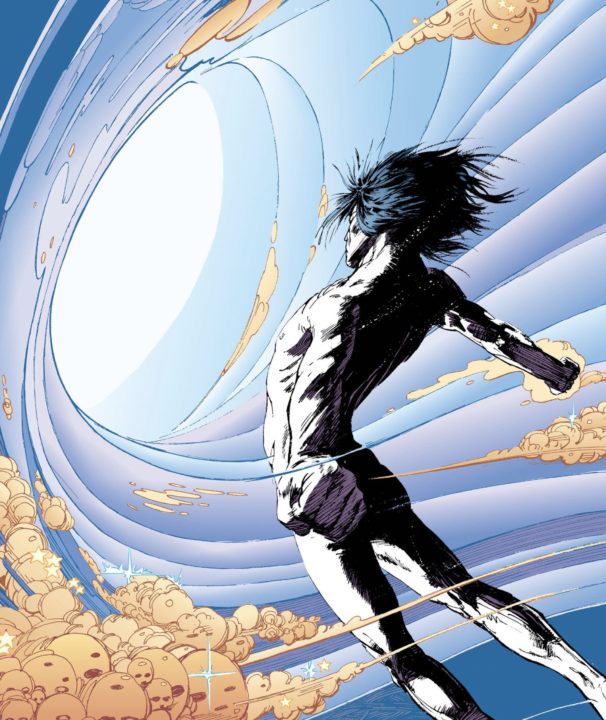
The comic opens in 1916, with our titular character – The Sandman, Morpheus, Dream, Kai’ckul, Oneiros, Lord Shaper (he goes by many names) – captured and imprisoned by a group of black magic occultists. They were looking to control Death (Morpheus’ older sister) but ended up trapping the anthropomorphic embodiment of dreams instead. Afraid of what Morpheus might do to them if they free him, the occultists, lead by their Lord Magus Roderick Burgess, keep him locked up for 72 years.
Morpheus would spend most of the 20th century in captivity. His imprisonment would have devastating consequences on both the world of the living and the dreaming. Some individuals became trapped in their dreams, while others suffered even worse fates. His domain fell into disarray and his subjects, finding themselves without a master, were suddenly left to their own devices. Some good. Some bad. Some utterly disastrous.
The first seven issues of The Sandman chronicle Morpheus’ escape from captivity and his struggle to regain control of the world of The Dreaming and the powers he once possessed. He takes revenge on those responsible and then sets out to rebuild his broken and neglected domain. Once all of that setup is done, the rest of the series then becomes this extensive meditation on the power of dreams and nightmares, and their impact and influence on who we are as human beings. The story of Morpheus eventually becoming but a framing device for a much larger philosophical inquiry into the nature of stories.
Did You Say That Death Was Dream’s Older Sister?

Oh yes. There is that. Morpheus, or Dream, has six siblings. They are called the Endless, immortal beings who are unique manifestations of a crucial aspect of life itself. They are older than the Gods and will exist until the last living thing dies. To quote Death: “When the last living thing dies, my job will be finished. I’ll put the chairs on the tables, turn out the lights and lock the universe behind me when I leave.”
We won’t list down all of the Endless because some of them have story arcs and identities that are best left unspoiled.
Like Morpheus, each of the Endless rules over their own domain. They can traverse every realm. They each interact with mortals in different ways. Death is a cheerful, gothy young woman. Destiny is a cloaked figure who carries a book that contains the record of every single thing that has and will ever happen. And Desire is an androgynous, scheming, and somewhat sinister individual who enjoys toying with others for sport.
Given their nature as anthropomorphic representations, the Endless also tend to change appearance depending on who is looking at them. Morpheus, for the most part, looks like a paler, gaunter cross between David Bowie and Neil Gaiman, but he has also been a Black man, a giant cat, and even a Martian god.
All of That Sounds Really Interesting, but What Is The Sandman Really About?

The overarching story of The Sandman isn’t something that is clear until the very end of the series. Yes, there is an endgame that ties everything in the series together (even the most mundane and seemingly inane plot points), but to reveal what that is would be to spoil the entire experience.
It’s also important to note that The Sandman isn’t just a singular story, but many, many stories. This is a story about stories. It is about every story ever told. From the oral histories handed down from generation to generation, to the religious parables that guide our morality, to the tall tales that we tell our children to entertain them. It is a powerful reiteration that great stories exist, and should exist simply for the sake of it.
Every arc across the 75 core issues of The Sandman is about action and consequence. About the choices we make in our lives. About making sense of the stories we tell ourselves in order to continue living with those decisions.
So don’t concern yourself too much with what The Sandman is all about. Enjoy the journey. It is as important as the final destination.
Do I Need to Read the Comics Before Watching This Series?
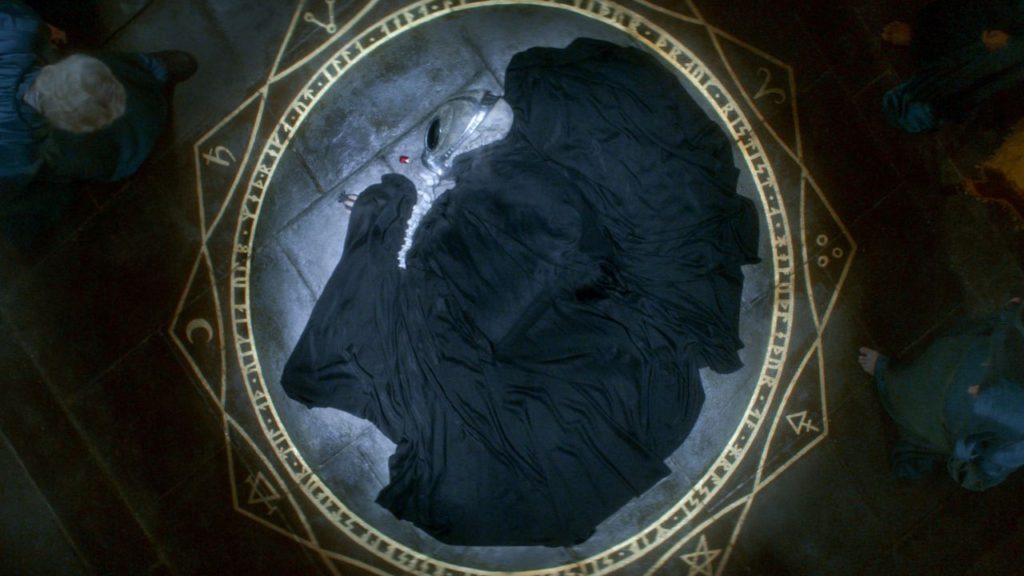
First, a little bit of background. Season 1 of Netflix’s adaptation, 10 episodes in all, covers the first 16 issues of The Sandman comic, beginning with “Preludes and Nocturnes” and finishing at the end of “The Doll’s House” story arc. The series promises to be a faithful adaptation which means that you shouldn’t have to read a single page of the comic to enjoy or understand what’s going on.
That said, there is no way that we’re telling you not to read these comics. Like Watchmen, and The Dark Knight Returns, The Sandman is seminal. It is joyous. It is everything that great literature should be. It’ll inspire you and move you. It’ll reshape the way you look at the world.
We have no doubt that reading the comics will give you a richer experience of the series. There is a new trade paperback edition of The Sandman that collects all of the issues adapted in Season 1 of the show, and it will give you the best overview of what the series is all about. It is also a good initial investment if you’re still on the fence and just want to dip your toes into the warm and welcoming waters of this universe.
We will also tell you that the first few issues of the comic are far from perfect. Gaiman is still finding his voice and the art doesn’t quite come into its own until Mike Dringenberg takes over pencilling duties in Issue #5. The sixth issue, “24 Hours,” will end up being one of the best horror stories you will have ever read. And the eighth, “The Sound of Her Wings,” will change your life.
So, What You’re Saying Is That This Thing Is Really Good!
Yes. That is precisely what we’re saying. If it wasn’t clear by now, we think that The Sandman is one of the best comic books ever published. And if the Netflix TV series can capture even a fraction of its magic and genius, then we’re in for a real treat.





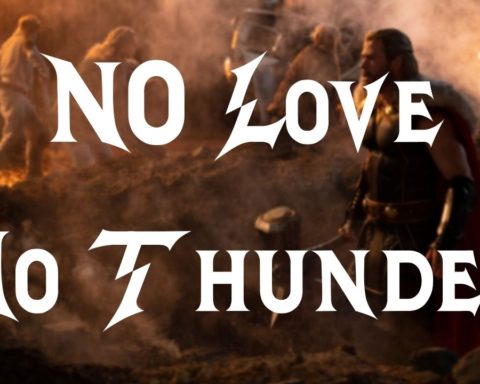
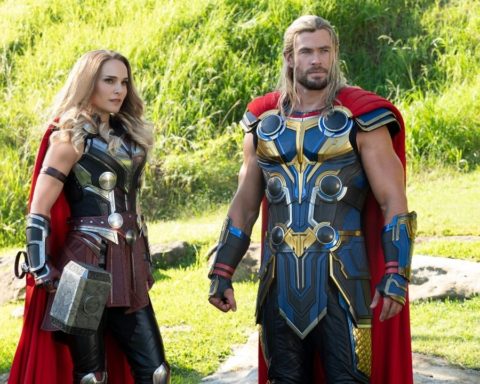
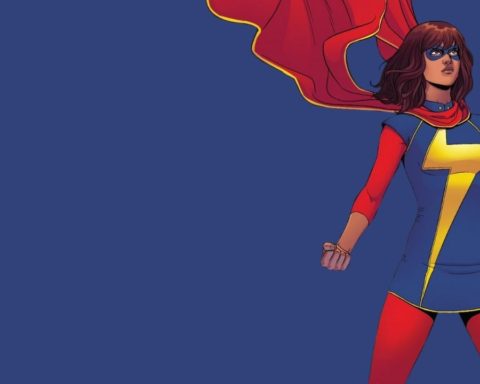
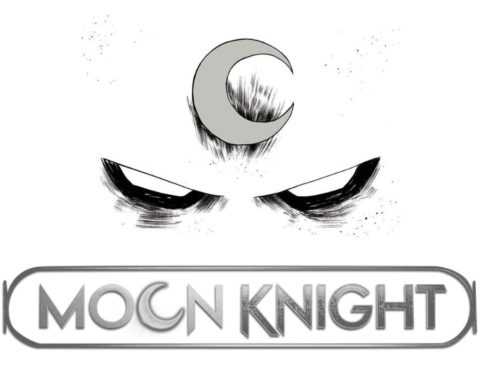
Follow Us